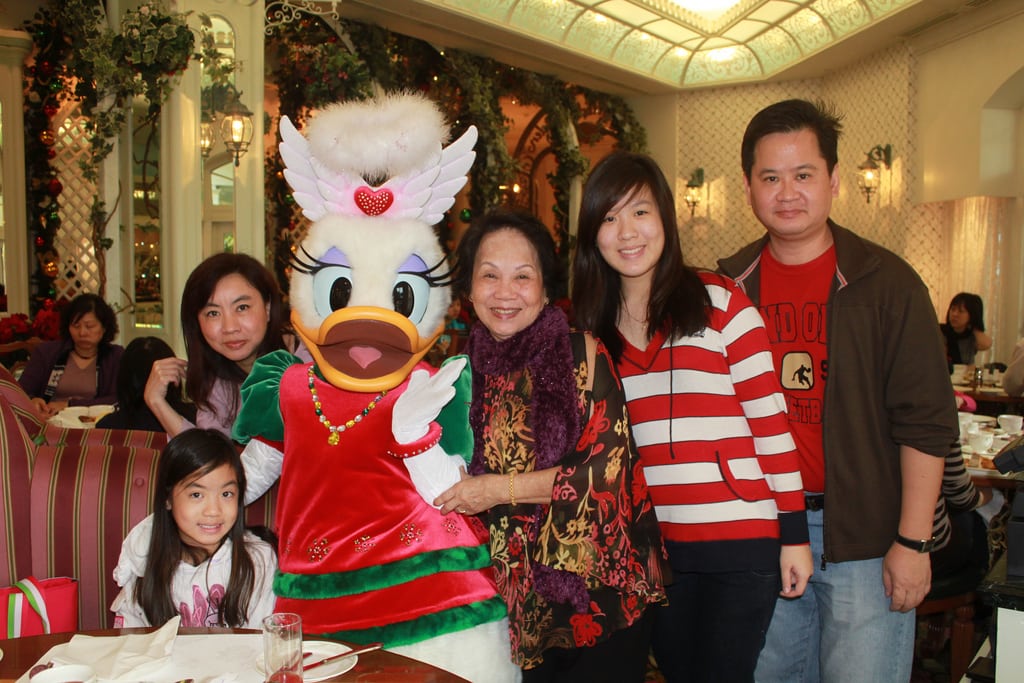Skift Take
Nowhere is tourism, and subsequently theme park visitation, growing as quickly it is in Asia. In addition to higher profits, growth is raising brands’ awareness and priming them for further market penetration.
Asia is becoming home to a growing number of major theme parks as the region’s wealth and leisure time grows.
This is good news for families based in Asia who used to have to travel as far afield as Orlando to get their theme park fix. Now, the likes of Universal Studios, Disneyland and Legoland are on their doorsteps with more to follow.
One of the more exciting projects will see Disney build its first theme park in China with a £2.3bn resort in Shanghai opening at the end of 2015. The Shanghai Disney Resort is expected to feature a Disneyland, two themed hotels and an 11 acre green space.
While Hong Kong already has two major theme parks – Disneyland and Ocean Park – it is spending hundreds of millions of pounds expanding them to keep up with the rising numbers of visitors and competition.
Last year, Hong Kong Disneyland made a profit for the first time since opening in 2005 as visitor numbers rose 13 per cent, highlighting the growing demand for theme parks in Asia.
Chris Yoshii, global director for leisure and cultural sevices at consultancy Aecom, said: “For some media companies it’s not just about the theme park but part of a whole series of efforts to promote films and TV shows, particularly in areas like China. Theme parks are a physical manifestation of this trend.”
This could put names like Warner Brothers and Fox in the frame to enter the Asian theme park scene as a way to promote their film and television productions.
Last September Legoland opened its first Asian theme park, located in southern Malaysia, just a short ride away from Singapore. It was the most successful launch out of the six Legoland parks dotted across the world, with more than 1 million visitors in the first month.
Building on this success Legoland Malaysia will open a waterpark and hotel on the same site early next year.
John Jakobsen, managing director at Legoland Parks, said: “Asia is an area we are very interested in and are currently in negotiations with Korea and Japan about building parks in these countries.”
While theme park visits globally rose two per cent last year, they were up by seven per cent in Asia, according to research from Aecom.
Donna Knight, a British expat and mother-of-three living in Singapore, said: “Southeast Asia has always been a good place to be based for holidays as there are so many beach resorts close by such as Phuket, Bali and Penang. Now we are seeing more theme parks which will appeal to younger families.”
Universal Studios is building its fifth theme park, with a South Korea site opening next year. This will be its third park in Asia with Japan and Singapore already successfully launched.
There are also plenty of smaller theme parks being built by Asian companies to add to the growing list of tourist attractions there.
Asian governments, who are generally cash-rich unlike Western ones, are happy to foot the bill to build theme parks. Ministers know such attractions create jobs, boost the local economy while giving a city a higher profile.
They then hand the running of the theme park, along with its branding and management over to the experts like Disney, Universal Studios and SeaWorld.
Chris Yoshii added: “We are seeing continued growth in theme park visitation and this will continue to grow. Our long-term outlook is for China to surpass the US in theme park visitations by 2020.” ![]()
The Daily Newsletter
Our daily coverage of the global travel industry. Written by editors and analysts from across Skift’s brands.
Have a confidential tip for Skift? Get in touch
Tags: hong kong, theme parks
Photo credit: A family poses with Disney's Daisy Duck at breakfast at the Disneyland Resort in Hong Kong. Varisara Tangthanakul / Flickr
